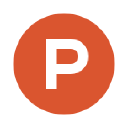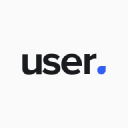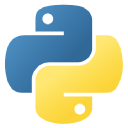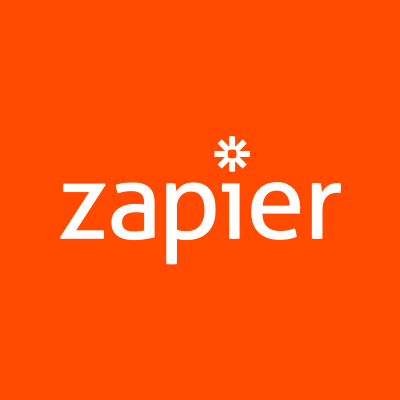
How We Built a $100K/Month Sales And Automation Software
Hello! Who are you and what business did you start?
Hi! I’m Mike Korba. I’m one of the Co-Founders of User.com. Today I want to tell you a little bit about the company which was started by Greg Warzecha who was the owner of the idea. I was brought on and started from beta as one of the product’s first customers.

So a bit more information about our product - User.com is a full-stack marketing platform that does two major things - connecting user data and activity to user communication. Our platform is where teams come together to create sales, marketing, and support processes and campaigns that optimize input and keep communication consistent.
Inside the company itself, we use automation in almost everything to design the perfect customer experience. With our integrated live chat and CRM setup, we’re able to keep close contact with customer’s needs and send and respond to messages with fully automated campaigns, depending on their activities.
User.com has customers and an audience in over 60 countries around the world - for smart online businesses and applications - ranging from SaaS apps to digital marketplaces to e-commerce webshops, to even working with TV brands I’m sure you watch on some regular basis, to mobile business applications - all pretty much in any business you can imagine that does anything with sales, marketing and or support.
In the beginning, since this was a private venture from Greg, everything was totally bootstrapped, all the money came from within, primarily after selling Greg’s previous company, but also some of our own money was invested, and then in 2018 we took a private first-round of investing from a non-VC local channel.

As far as something unique, I was one of the first customers of the product, even before there was a payment gateway, but I found it super useful and found the tool to be great for what I wanted to achieve. I found it so compelling that I left my previous job and joined as an employee and then invested my own money to be brought on and be considered one of the co-founders.
We have always had big ambitions, even to compete with the top products on the market, despite not being from Silicon Valley, or having massive budgets. When I first came to get to know Greg’s aspirations, it was either insanely extraordinary or foolish, and I knew Greg wasn’t a fool. It was something that attracted me, as something that we could see the depth and the potential capabilities of achieving such dreams even with a small team.
What's your backstory and how did you come up with the idea?
The main idea for the company initially came from my partner Greg Warzecha, as a side effect of the early team's open-source project - CivilHub.org a non-profit set up as a platform and means for online civil local collaboration. Intending to give people back the power, the team saw tons of visitors, but they wouldn’t be very engaged and drop off after only a few visits.
We learned to talk to our customers as much as possible. In the beginning, it was also our curse, that later on turned into one of our biggest advantages, to what our customers needed, and at how wide our product has become.
Early on, Greg realized that he was having a problem and developed CivChat to help better engage his customers, and saw great reception, which he then modified the tech and pivoted it into its own product. In 2015, UserEngage was used on CivilHub and a few other sites.
I was brought on as Greg’s partner as one of the first customers, and after a few months of great feedback, we were asked to develop a few additional paid features that were needed by specific web owners. The app was even without a payment gateway, so customers began asking where and how they should pay for it. Towards the end of 2015, the team decided that UserEngage should grow into a SaaS project that included a fair price.
In early 2016, information about the SaaS launch sparked interest on many tech sites and as such led to curiosity in the form of beta users, with hundreds of people who began to test the app and in turn give what was really positive feedback with an almost countless number of suggestions. Our team made a tally and began working on the ones they felt were the most important.
Over the next few months, we had added numerous improvements, still taking suggestions, although the majority of which were changes in automation processes, the addition of CRM and enabling integrations, first with Shopify, then Slack, then Zapier for ease of exchange information. That summer, we opened our API, plus a ton more integrations and launched the service to public registrations, rounding out with international releases and translations for English, German, Russian, and others.
In December 2016 came the biggest part of our international launch where we announced our software on Product Hunt, which gave a large amount of press and coverage, which led to additional sales and conversions. This was something that propelled the drive towards growth, with the additional acceleration of joining a 6-month residence program called "Incredibles" financed by Sebastian Kulczyk at the Warsaw Google Campus.
Later on, we were able to make a deal to purchase the User.com domain and make the transfer over to what really solidified our goal as a user data and marketing platform.
We heard early on that we had created and developed a better product with a very small team than companies with millions of dollars budgets were able to produce after years of work. We’ve continued to refine and expand adding features on a regular monthly basis, cause we’re still looking to ramp our business, but as they say, for now, the rest is history...
A fun thing to note is that one of the validations of the business early on was when we put a signup list to gauge interest in the potential product to see if it was worthwhile to build, and we were overwhelmed from the support it received and pretty much knew we were on to something. A few months later, one of the first customers was from the US and the payment that went through inspired us to continue development because it was something they found value in.
Take us through the process of designing, prototyping, and manufacturing your first product.
After listening to our customers and building what they asked for, we launched with chat, automation, and very very simple emails. After that, we’ve continued to build what our clients have needed or requested. Later on, we added CRM for our own purposes, and have continued to refine the product with a call center and SMS messaging, and knowledge base, and more. Everything that we’ve created for the most part wasn’t pre-planned since everything we produced was for our customers or what they needed to improve specifically for their business.
At the end of 2017, we launched a 2.0 version of our app and changed users over to their own domain space, really their own individual apps. We made massive UX improvements to flows and cleaned up the entire platform and enhancements to speed and usability.
Previous CRM

Current CRM

Most of the problems we encountered were after saying yes too many times. We were building the scope super vast with many add ons to compete with tons of different competitors but felt and believed we really needed it. Another of the things to note that changed a lot was when we added a payment gateway after our customers were asking how they could add payment details, that enabled us to see that our customers really found value in the product.
We completely overhauled our backend, and because of the massive amount of traffic hitting super complex data, we had to make improvements and to refine the way of accessing and processing millions of pieces of data at any given moment. We didn’t want a vendor lock, so we didn’t go with Azure or Google Cloud but built the entire infrastructure on dedicated servers on OVH, and as such were able to keep our costs down. One of the quotes from AWS was 4-5 times more expensive than what we implemented.
Over the past few months, we’ve really polished off our visuals, implementing the back end to make for some beautiful dashboards integrated with all the data analytics that customers can view the bigger picture and make decisions with real data, rather than guesswork. The process took longer than expected, and we had a few sleepless weeks, but we’re super happy with our outcome and what we designed together.
Old Live Chat

New Live Chat

Old Automation

New Automation
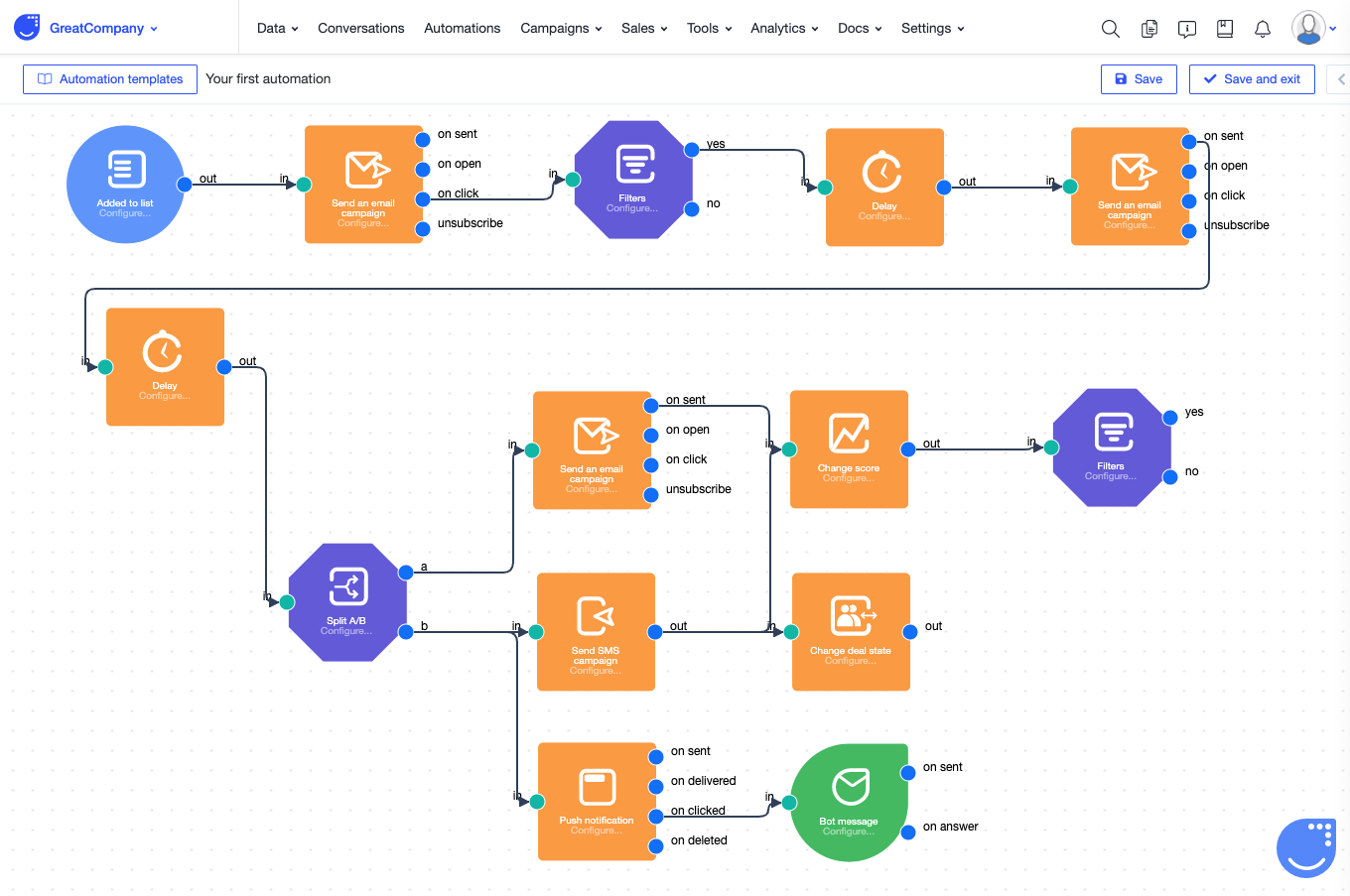
Describe the process of launching the business.
Early on we were growing really fast, in early and mid-2016, people were registering and everyone wanted to use what we were offering. Looking back at that, it could be considered more like an early beta.
UserEngage really took off with a bang post-beta, after ProductHunt back in December 2016. This gave us the growth that enabled us to be more sustainable. Later on, in 2018 we were able to solidify the product really to the next level with investors. With the investment, we entered into negotiations and purchased the User.com domain something pivotal in solidifying where we stand in relation to the industry.
Some of the key takeaways and lessons we learned were to talk with our customers as much as possible. In the beginning, it was also our curse, that later on turned into one of our biggest advantages, to what our customers needed, and at how wide our product has become.
We had a good fit with our team and technology and were really motivated that with only a team of 5 we were able to produce a tool that could compete and even have more features than with the likes of a player like Intercom, who had teams of hundreds of people working on their project.
Since launch, what has worked to attract and retain customers?
Referrals are still some of the largest sources of customers. Word of mouth is the biggest, as people are happy with their experience and will recommend us. We’ve continued to experiment with paid sources, and while we haven’t yet found the best sweet spot, we’re still growing in that area.
Local awareness for Poland (where we are from) is really quite high, and our branding here is great, but we’re still scaling globally even in the last months, although not as well as we would like as we have very big aspirations, and are putting a bit of investment into this as we speak.
We’re continuing to grow from our customer’s users who are using us who find us from their websites and checking us out. Customer “word-of-mouth” is still one of our best forms of conversion.
In terms of retention, we are rated very high in our customer support, something we pride ourselves in, and in turn, tend to have a low monthly churn rate at below 5% on average, something we want to decrease to 3% with a higher volume of customers.
How are you doing today and what does the future look like?
Last year we were close to $1m ARR, This upcoming year we hope to double it, but we’ll need to see how things develop with the next few months and the results change over the course of the pandemic.
Early on and prior to investment, things were like riding a roller coaster; where we would go from the red to having one month to go the next month of reaching a break-even point, and then the month, we would hire another team member, and hit red again the following month.
As far as distribution - We are doing everything online through direct sales, we have a freemium version of the product, and have different tiers, depending on the business level and usage. Each user and account is qualified with a specialist. For business leads, they are handled by the sales team, and if they are qualified we give them a demo, more than often at the end of their fourteen-day trial. If they’re happy they’ll add a payment, and get an account manager, so a customer support and success team who will help implement the solution and to use the technology.
Sometimes, users will convert naturally on their own, after using the product and finding it to be something that they will find beneficial. After they convert, we help with onboarding, give them some personalized tips for their specific business or industry to grow plus all kinds of support, for whatever they need - something we take huge pride in.
Operations - The team is right now more than 30 people, with more than half working on the IT and product side, and the rest are in three teams: Support, Marketing, and Sales who all work together very closely.
Expansion - We are continually adding new features each week, and our R&D team is working very hard creating AI algorithms to make better analytics of data and historical information we are storing for our customers.
Short term goals - At User.com we are doing “Objectives & Key Results” (OKRs - you can find more information about it here), something that has proven short term pretty effective, where the key result has to be something measurable and a clearly defined goal, with high visibility, that everyone takes part in, to the success of the team.
Through starting the business, have you learned anything particularly helpful or advantageous?
We’ve learned many things over the years, lots of ways to grow… After getting investment, we thought we had a more experienced team, we had a CMO, CTO and chief of sales letting them pick their direction because we thought they would know better how we could grow, but in a recap, we learned that it didn’t go as we thought it would. Currently, we are not hiring for C-level, but we would prefer to hire talented people who want to come on board and grow with us.
Buying “know-how” didn’t work for our daily operation. But we’ve been able to utilize expert mentoring from our investor at Vercom and our private investor, Adam Kwaśniewski, an ex googler who we've met during our Google acceleration program and who has continued to give specific pointers on metrics and tips to impact growth.
Marketing Growth - I feel like we have a good approach, to test out campaigns and check how everything progresses before making full decisions - checking early on ROI and seeing how things pan out - but it has been beneficial for us to make sure our analytics are set up properly so we can be successful.
We can scale things that we find are successful, although sometimes scaling our marketing efforts isn’t always working out. For example, we found having a basic profile and paying minimum clicks on marketplace exchanges was working quite well, although when we put a higher budget in order to get front-page views, the results weren’t nearly as profitable, and decided that people who would better convert would be people willing to scroll a bit, or go to the next page to find us, so we have tried to keep our CPC lower.
We still have lots of room for growth, that’s for sure.
Helpful Habits - Being hardworking and being humble are the approaches we’ve found to give us our best success. We’re still at the beginning of our road, but we are madly ambitious to compete with the best in the industry.
What platform/tools do you use for your business?
We use our own tool User.com, first and foremost for all our main processes related to Sales, Marketing and Support. For IT to manage stuff we also use GitLab and the software is in Python, but use other team tools like Avocode, Sketch, Rabbit, Asana, Trello, Google Suite - GTM, Livestorm, among others.
We play nice with others and are easy to integrate - something that can be set up and running with just a few clicks, and some code so some of our other favorite tools are Zapier, EmailLabs. Zapier is something we use on a daily basis because integrations are so easy and EmailLabs is a great partner.
What have been the most influential books, podcasts, or other resources?
I read a lot and am widely influenced by a lot of authors. Here’s a list of some of my favorites:
Good to Great: Why Some Companies Make the Leap...And Others Don't
Tribal Leadership: Leveraging Natural Groups to Build a Thriving Organization
Scaling Up: How a Few Companies Make It...and Why the Rest Don't, Rockefeller Habits 2.0
The Hard Thing About Hard Things: Building a Business When There Are No Easy Answers
The Subtle Art of Not Giving a F*ck: A Counterintuitive Approach to Living a Good Life
These books have been super helpful at inspiration + business creation, theoretical business building as well as the history of great culture in companies. They have influenced me in some way, how to be a great leader, how to connect with people, and how to build something that’s successful.
The top 3 on how I want to grow User.com:
How To Win Friends, Subtle Art, and Multipliers.
Advice for other entrepreneurs who want to get started or are just starting out?
User.com isn’t my first business venture, as I’ve done a few other businesses by myself, but it is the first team I approached and joined early on. Thinking and trying to build solo is much harder, and I would recommend to uniting with another partner to bounce ideas - Something that has been super great and really beneficial!
You have to understand that maybe everything or that you won’t be perfect and that you won’t be able to do it all or to achieve everything you dream, or even that everyone will be your customers, but it’s okay, maybe they need something else - Set big goals and if you make most of them it would be better than not having goals at all.
Are you looking to hire for certain positions right now?
Everything is mostly frozen with what’s going on in the world, but once things settle down we’ll be looking to hire more. We have to use what we have and grow with it, but probably in the future, we’ll be looking for more people in PPC and optimization or maybe like a content manager.
Where can we go to learn more?
If you have any questions or comments, drop a comment below!

Download the report and join our email newsletter packed with business ideas and money-making opportunities, backed by real-life case studies.

Download the report and join our email newsletter packed with business ideas and money-making opportunities, backed by real-life case studies.

Download the report and join our email newsletter packed with business ideas and money-making opportunities, backed by real-life case studies.

Download the report and join our email newsletter packed with business ideas and money-making opportunities, backed by real-life case studies.

Download the report and join our email newsletter packed with business ideas and money-making opportunities, backed by real-life case studies.

Download the report and join our email newsletter packed with business ideas and money-making opportunities, backed by real-life case studies.

Download the report and join our email newsletter packed with business ideas and money-making opportunities, backed by real-life case studies.

Download the report and join our email newsletter packed with business ideas and money-making opportunities, backed by real-life case studies.
